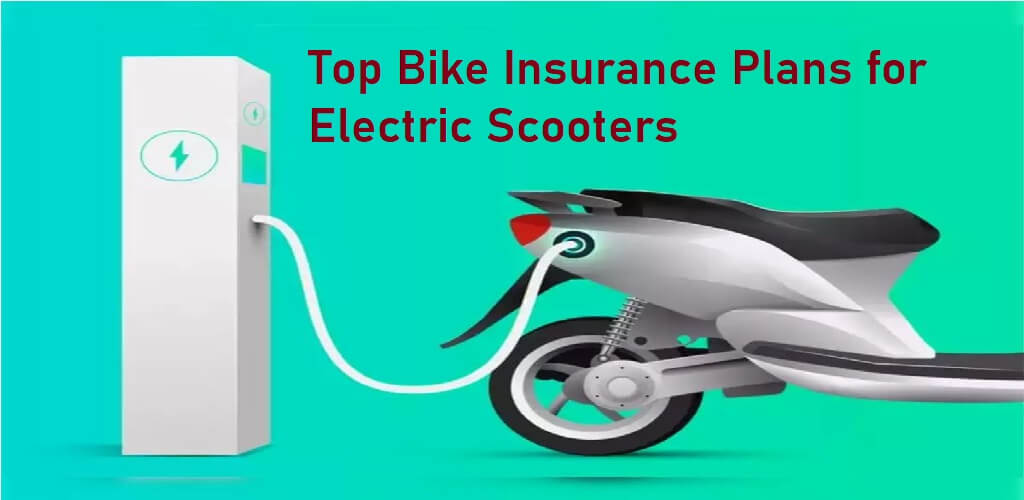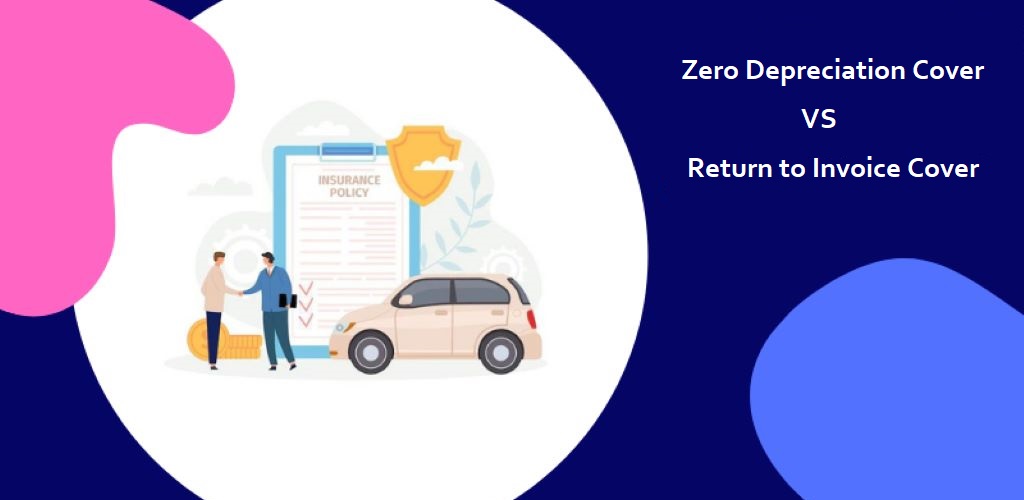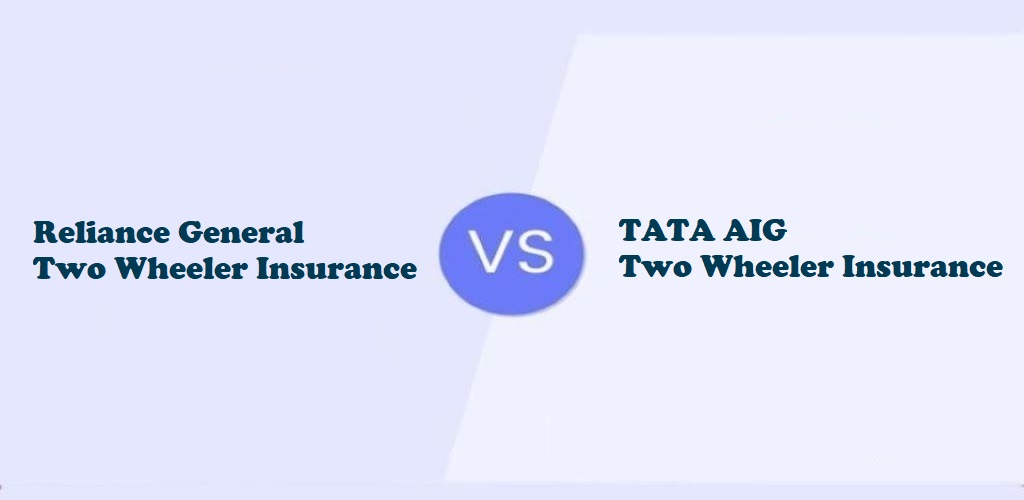A lot of policyholders are apprehensive of the jargon and terminologies that they come across in their policy papers. And IDV is one such term that you can see multiple times when buying a policy for your two-wheeler. This blog aims at simplifying this terminology for all the laymen out there. Once you know about IDV in detail, buying a two wheeler insurance policy gets all the more profitable.
What Do You Mean By IDV And Why Is It Important?
IDV is the acronym for Insured Declared Value. In simpler words, an IDV is the current market value of your two-wheeler. You can also think of it in a different manner. Consider IDV as the maximum amount for which you can get your two-wheeler insured. While buying an insurance plan for your two-wheeler, it is necessary that you consider the IDV. It will decide the reimbursement or maximum coverage that you will receive in case of an accident or theft.
If the IDV is high enough, then the policyholder will not have to suffer huge losses in case of any unforeseen event such as natural/manmade disaster, burglary, or severe damage to the two-wheeler. However, most bike insurance companies insist on accepting an IDV which is around 5% to 10% lesser than the present market value of your scooter or bike. In this way, they will have to pay a much lesser premium when the policyholder raises a claim. And that’s why you must be aware of the IDV of your two-wheeler. It is advisable to get an IDV that is close to the market value of the two-wheeler. This makes sure that you get fair compensation in case of theft or accidental damage.
But how will you find out the IDV of your bike? Let’s check out!
How To Calculate IDV on Your Two Wheeler?
IDV calculation is easy. All you need to know is the listed selling price of your two-wheeler when you purchased it. Also, you need to be sure about the time that has elapsed since buying the two-wheeler. When you have these two details, you can use the rate of depreciation as specified by IRDAI.
The below-given table will clarify things further:
| Age of your two-wheeler | Depreciation % |
| 0 months <6 months | 5% |
| 6 months < 12 months | 15% |
| 1 year < 2 years | 20% |
| 2 years < 3 years | 30% |
| 3 years < 4 years | 40% |
| 4 years < 5 years | 50% |
In case your two-wheeler is much older than 5 years, the IDV then is decided by the scope of service and condition of the body parts of the bike. In case the bike model has gone obsolete, then too, you can get an IDV. But this IDV is decided on the basis of mutual agreement between the policyholder and the insurance company.
Now you can easily calculate the Insured Declared Value of your two-wheeler based on this chart.
Factors That Affect IDV Of Your Two Wheeler
Here are the multiple factors that affect the IDV of a two-wheeler:
- Registration date of the two-wheeler
- Age of the two-wheeler that you wish to get insured
- The city in which registration will be done
- Type of fuel to be used
- The type/model or make of the two-wheeler
- Two-wheeler insurance policy term
When Is The IDV of Two Wheeler Payable?
There are multiple instances where the policyholder can get paid the IDV of his two-wheeler. Let’s explore the situations!
- Total loss: In case your two-wheeler gets damaged beyond the possibility of repair, the insurance company will compensate you with the IDV.
- Theft: If your bike has been stolen, then there is almost no hope of your getting it back again. Once the police issue a non-traceable certificate, your insurance company will pay the IDV of the bike to you.
- Constructive loss: If the repair cost of your bike is around 75% of its IDV, the insurance company is likely to pay you the IDV of the vehicle.
Why Is It Important To Calculate IDV Of Your Two Wheeler Properly At The Time Of Renewal?
Calculating the IDV of your two-wheeler correctly is highly important you don’t want to suffer a massive financial loss in the event of an accident as the claim amount is settled by your insurer on the basis of the IDV of your car, unfortunately, meets an accident or is theft. It also has a direct impact on the premium amount of your two-wheeler insurance policy.
If you show the IDV of your bike lesser, usually the premium value also gets reduced. But it is where the policyholders make the mistakes. To save the cost of the premium, they tend to exhibit a lower IDV. In that case, you may suffer a huge economic loss as, at the time of claim settlement, the motor insurance companies take the IDV into consideration, not the present market value of your two-wheeler.
It would be advisable that your IDV should be closer to the market value. Only then you will receive the right and adequate compensation in the case of theft or complete damage to your vehicle. It has to be noted that, in case your vehicle is 5 years old or more than that, its IDV depends mostly on the serviceable condition and the state of its body parts. Th that case, the agreement has to be made between the insured and the insurer. If the model of your bike is an obsolete model, it can also have an IDV. However, again it totally depends on the agreement between the policyholder and his/her insurance company.
Mostly, the motor insurance companies try to offer an IDV which is 5% to 10% lesser than the current market value. But, keeping in mind the consequences of this, the policyholder has to calculate the IDV of his/her two-wheeler correctly to avoid future complications.
What Happens In Case Of a Wrong IDV Declaration?
If you fail to declare the correct IDV for your two-wheeler and quote a low IDV during renewal, you can run into serious trouble. Because in that case, you will receive a much lower amount when you raise a total loss claim. Policyholders intentionally declare lower IDV to save a meager amount on the premium. Instead of this, they should think of the long-run consequences. By declaring the right IDV, you can ensure the right compensation in case your bike gets stolen or damaged. It is also not beneficial to declare higher IDV. When you raise a claim, the insurance company will definitely calculate and cross-check the depreciation on IDV based on the age of your vehicle. So, you will get a low compensation despite the high IDV declaration.
In a nutshell
IDV or Insured Declared Value of your two-wheeler is one of the most significant factors that you should take into consideration while buying an insurance plan for your two-wheeler. Just make sure that you maintain the correct IDV while renewing your policy every time so that you get the apt compensation for your two-wheeler in case of any severe loss. Hope this blog caters to your doubts and allows you to make a smart and well-informed choice.








